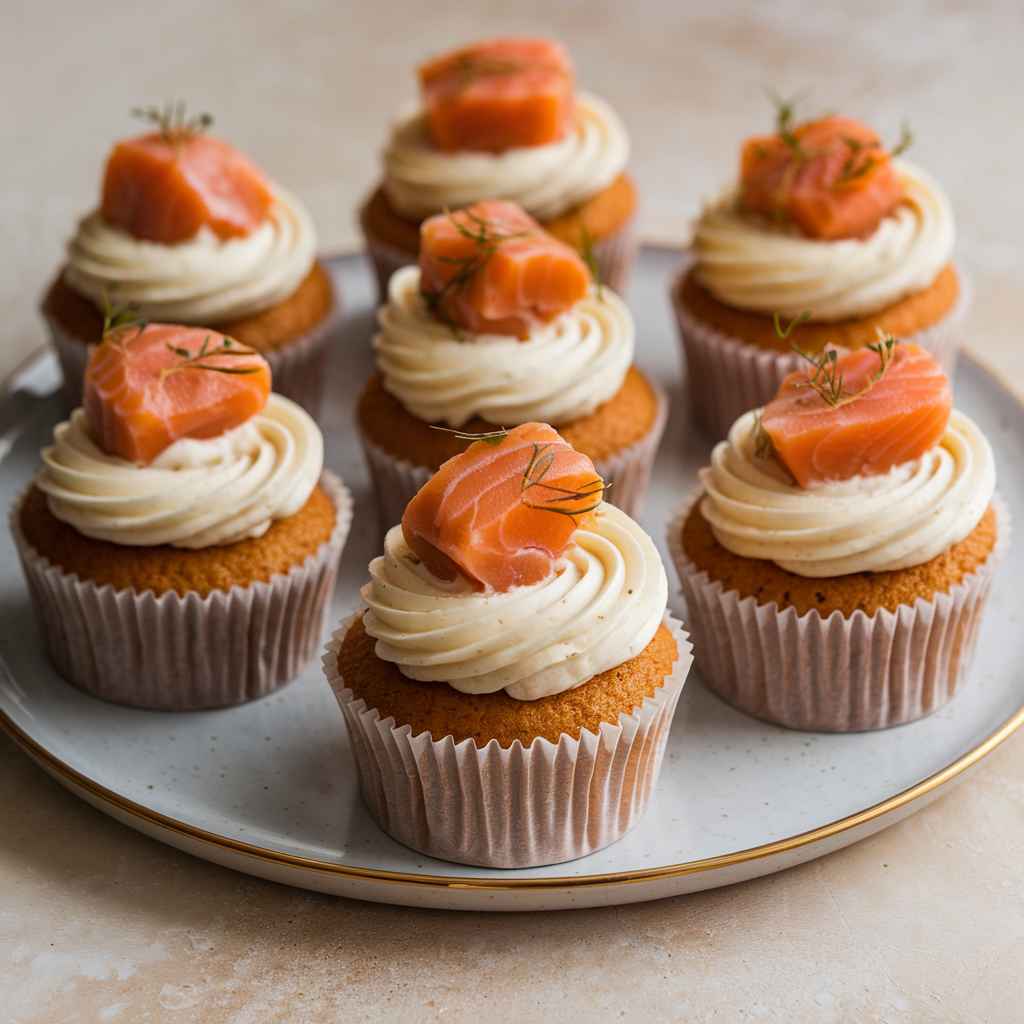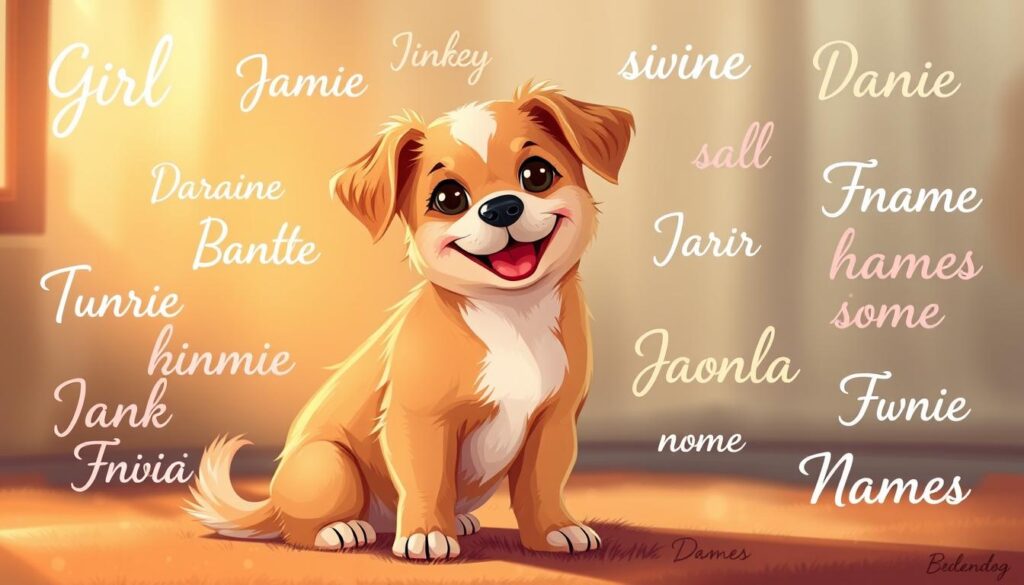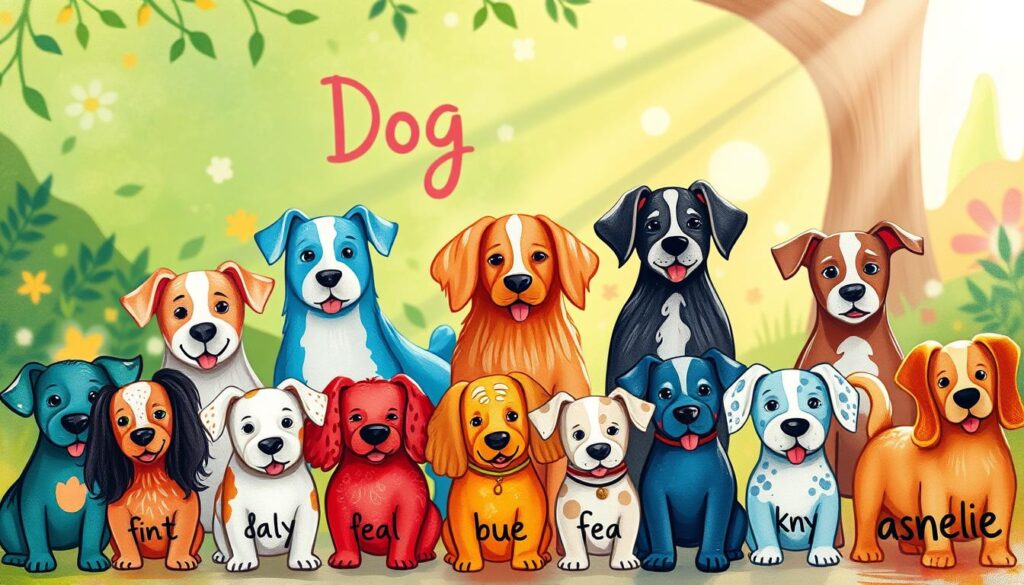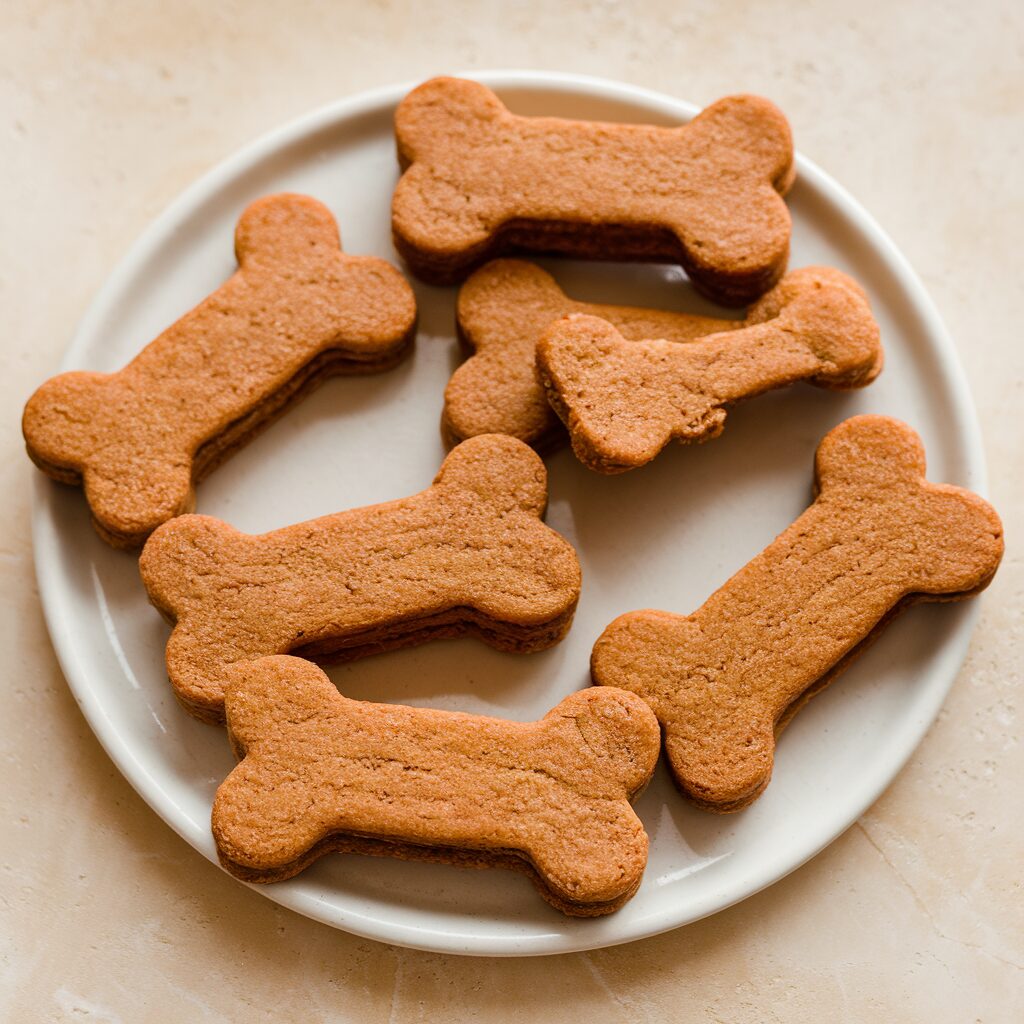Bringing a puppy home is like welcoming a bundle of joy. You remember the excitement of seeing those big, innocent eyes and a wagging tail. But, there’s a big task ahead: learning how to potty train a puppy.
It’s not just about housebreaking. It’s about building a strong, trusting relationship. Finding the right way to house train your puppy is key. House soiling can lead to dogs losing their homes.
Imagine a cozy evening with a good book, then you hear a whimper. You look over and see your puppy, eyes wide, pawing at the floor. This is a sign they need to go outside.
Puppies have small bladders and need to go often. They need breaks after eating, playing, or waking up. With patience and the right techniques, you can teach your puppy to go outside. This will make your life together happy and easy.
Why Make a Special Recipe for Your Dog
Making a homemade diet for your puppy lets you control what they eat. This is key for their bathroom habits. A balanced diet helps their digestive system, which is important for potty training.
When you use high-quality ingredients, your puppy is more likely to go potty on a schedule. This makes your potty training efforts better.
Commercial dog food can have fillers and additives that upset their stomach. Making a special recipe means your puppy gets the nutrients they need without problems. This helps their health and makes potty training easier.
- Control over ingredients
- Healthier digestion
- Establishing a consistent potty routine
- Avoiding disruptive additives
Good nutrition helps your puppy learn to go potty in the right place.
Ingredients
Choosing the right ingredients for your puppy’s diet is key. Use high-quality proteins like chicken or beef. They give your puppy the amino acids they need to grow.
Carbohydrates like brown rice give energy. Vegetables like carrots or peas add vitamins and minerals. This mix is good for your puppy’s health.
For a good diet, aim for 40% protein, 50% carbs, and 10% veggies. This helps keep your puppy’s energy up and their bowels healthy. This is important for puppy toilet training.
Remember, the right amount of food depends on your puppy’s size and age. Each puppy is different. Talking to your vet is a good idea to make sure you’re feeding right.
A good puppy toilet training schedule helps a lot. Good food is key to a successful training routine.
Equipment You’ll Need
Preparing special recipes for your dog is fun and rewarding. You’ll need the right equipment to make it smooth. A good food processor is key for blending ingredients well.
Measuring cups are important for accurate portions. This is vital for following puppy toilet training techniques. Cooking pots are needed for mixing ingredients for great flavor.
Storage containers keep food fresh for your puppy. A comfy feeding bowl makes mealtime enjoyable. A scale helps monitor your puppy’s health and weight.
This lets you adjust their diet as needed. With the right tools, you can make nutritious meals for your puppy. This supports their growth and training.
Step-by-Step Making Instructions
First, measure out your chosen ingredients accurately. For example, if you are using two cups of chopped chicken, combine it with one cup of cooked brown rice and half a cup of diced carrots. Cook the chicken thoroughly and steam the vegetables until they become tender.
Once cooked, blend all the ingredients in a food processor until you achieve a mushy consistency. Allow the mix to cool before serving it to your puppy. Remember to introduce new foods gradually to avoid digestive issues.
Establishing a feeding schedule is vital. Follow a consistent routine where your puppy eats at the same time every day. This practice aligns their elimination habits with your training, leading to more effective puppy potty training tips and better results with puppy toilet training techniques.
Variations
Adding new foods to your puppy’s diet can make mealtime fun. Try using turkey or fish instead of chicken. You can also add spinach or sweet potatoes for extra vitamins.
Shredded eggs a few times a week can give them more protein. Healthy fats like fish oil make their coat shiny. But remember, always add new foods slowly.
Watch how your puppy reacts to new foods. This helps you keep them happy and healthy. Diverse meals can also help with potty training.
Serving and Storage Guidelines
Keeping homemade puppy food fresh is very important. Cool the food completely before putting it in airtight containers. This keeps moisture in and smells away.
Put the food you’ll use soon in the fridge. Try to eat it in three to four days. For longer, freeze it in separate containers. This makes thawing only what you need easy.
It’s important to control how much food your puppy gets. They usually need ¼ to ½ cup per meal. Following these tips helps keep your puppy healthy and on a regular potty schedule.
Health Benefits
Feeding your puppy a balanced homemade diet is key. It boosts their immune system and helps them grow strong. It also keeps their digestion regular.
When puppies eat well, they have fewer tummy troubles. This means they’re less likely to have accidents. It makes training easier for you.
Fiber-rich foods are important for regular bowel movements. This helps keep your puppy’s schedule steady. A healthy puppy learns faster and adapts better to your home.
Summary
Training a puppy to go potty outside is a journey. It needs consistency and positive rewards. Start by setting a routine that fits your puppy’s needs.
Watch their eating and know when they need to go outside. This helps a lot. Use special puppy food to help with bathroom habits.
Always praise and reward them when they go outside. This encourages good behavior. Being patient is key. With the right steps, you’ll have a happy, well-trained puppy and a clean home.
FAQ
Wondering how long puppies can hold their pee? It depends on their age and breed. Most puppies can hold it for one hour for every month they are old. This means they can hold it for up to eight hours.
Creating a good puppy toilet training schedule is key. It helps you know when to take them out.
Do different breeds need different training? Yes, some breeds might be easier or quicker to train. But, using quick puppy potty training tips works for all. Tips like consistent timing and positive reinforcement help a lot.
Can you train a puppy fast? While you can try to speed up training, remember each puppy is different. Adjust your training based on their personality and where they live. Being flexible will help you get the best results and make your puppy happy and confident.



